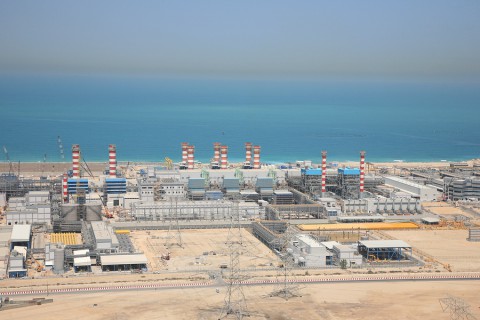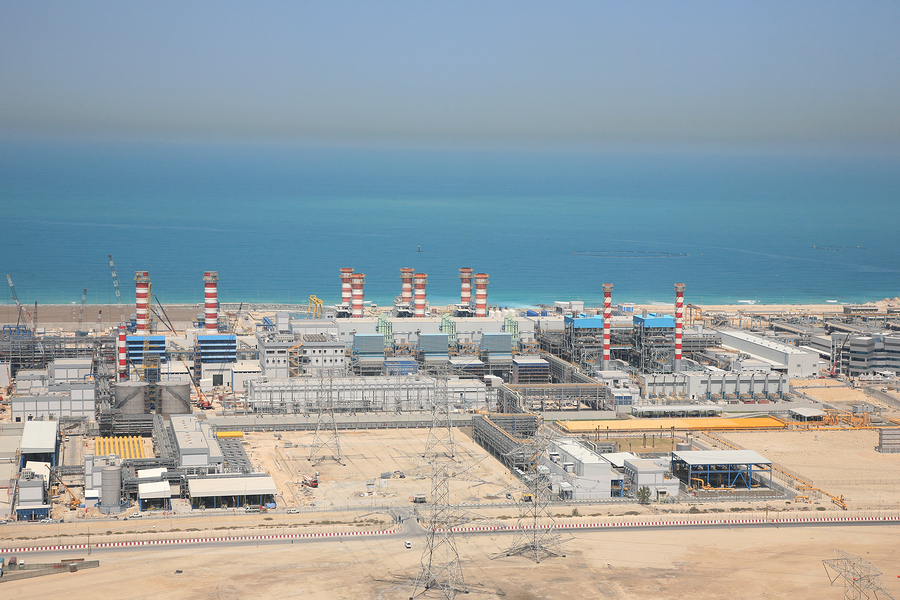 Around the United States, cities facing current or pending freshwater deficits are looking toward saltwater to meet their needs. Currently, the largest desalination plant in the world is in Saudi Arabia and is estimated at costing over 6 billion dollars. Its expansion is still in progress. Over 100 nations have desalination plants which use reverse osmosis to push the water through various filtering devices that separate the minerals from the water.
Around the United States, cities facing current or pending freshwater deficits are looking toward saltwater to meet their needs. Currently, the largest desalination plant in the world is in Saudi Arabia and is estimated at costing over 6 billion dollars. Its expansion is still in progress. Over 100 nations have desalination plants which use reverse osmosis to push the water through various filtering devices that separate the minerals from the water.
Other methods include collecting evaporating water from a solar dome heated by the sun. When water evaporates, the minerals are left behind. When the evaporated water condenses it is collected and used for drinking water.
Large-scale desalination is expensive. Florida and California are leading the United States in desalination projects. Less than 1% of all water on Earth is fresh water and less than .5% is actually available for human consumption at any given time. By far the biggest use of water is industrial agriculture.
Health officials at the United Nations continue to work with nations on conservation and other programs aimed at addressing the water shortage faced by 1.2 billion of Earth’s fast-growing population of over 7 billion.
Over 20,000 children die a day worldwide. The majority of these deaths are caused by dehydration from diarrheal diseases. Clean water for sanitation and drinking is the single most important factor in decreasing childhood deaths in developing nations. For nurses and doctors on the front lines in these countries, water scarcity is a stark reality.
In the United States, policy makers with a master’s degree in public health, along with a variety of health policy leaders are working behind the scenes to mitigate looming water shortages from a health policy perspective.
Currently in the United States, the Agua Hedionda Lagoon in Carlsbad, California is on course to become the largest desalinization operation in the western hemisphere. When it is fully operational will supply electricity and freshwater to citizens in the area.
Access to safe water is only one of the many challenges facing health policy experts in the coming decades. Planning ahead for opportunities to impact the leadership in positive ways takes keen strategy and dedication. Strong leadership is needed to build healthcare policy that is responsive to current trends.









